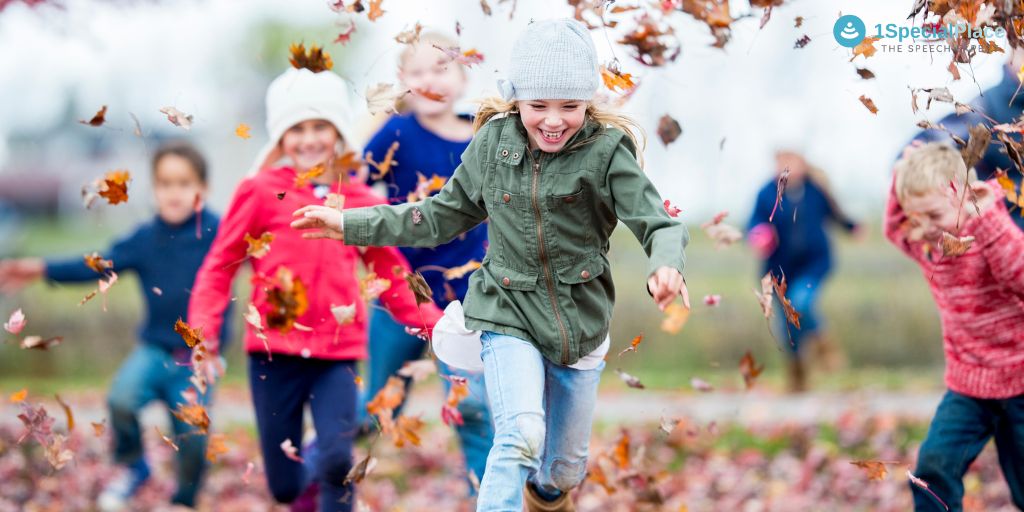
Animal walks – OT Activities
Animal walks – OT Activities
Animal walks are fun movement activities where kids act like or imitate walking like different animals. It is one of the simple & excellent activities to work with your child on strengthening, body awareness, speech, language and many other skills. This is an easy way to disguise exercise for kids. There is a wide range of animal walks & OT activities that help develop the following –
- Muscle strengthening
- Improve bilateral co-ordination
- Improves spatial awareness
- Flexibility
- Motor planning
- Aerobic fitness
- Play skills
- Imagination & creativity
- Balance & mobility
- Regulate sensory needs
- Proprioceptive & vestibular input
Animal walk – OT activities
-
Bear walk – Bend over and put both hands on the ground. Now, walk forward with same leg & arm. So, move your left arm & left leg forward together and then right arm & leg. Don’t let your knees touch the ground.
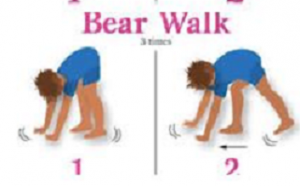
- Snake walk – Start in prone position (laying down on tummy) ) & keep hands to their sides. Child moves by wiggling on the floor and move forward without using their hands.
- Seal walk – Start in prone position (lying down on tummy) Child props self-up on arms. Use arm to pull yourself forward.
- Kangaroo jump – Keep your feet together, hands to chest & start with small jumps with both feet while keeping hands stationary. Keep knees flexed throughout.
- Crab walk – Start by squatting down close to the ground. You should look like a table top now. Now walk sideways, while holding your bottom off the ground & your back straight.
- Frog jumps – Start in squatted position. Place your hands on floor in between your knees. Using your feet, jump forward & land with your hands & feet on the ground.
- Duck walk – Squat down & walk around from there & waddle like a duck.
Some additional benefits –
Practice & repetition is a key factor when developing gross motor skills not only for adequate power but also for brain development. The use of both hands & legs in organized manner helps significantly in brain development.
These fun moves & walks can have functional cry over into everyday activities such as improved obstacle navigation, increased core strength. Moreover it also allows them to release their excess energy.
Talking about animals & their movements can support both receptive & expressive language skills. Also helps in increasing vocabulary (Jump, sit, fast, slow). Acting out animal movements can even support a child’s imaginative play skills.
Introducing concepts – Who can swim? – Fish walk; enact a pet/domestic animal – Dog (woof woof). This does not only introduce new concepts but also facilitates child’s ability to interpret & respond to a variety of question forms.
Be creative with your child & always add purpose to these activities – Scavenger hunt, enact according to animal song, think of an animal with particular letter – A – alligator, B – Bear & so on; obstacle course, animal races, use flashcards to denote different animals, etc. You can make it fun game by taking turns picking an animal to walk like.
Use this opportunity to also work on communication skills – Ask “what does snake say?” during snake walk. Practice Hissing sound with your child.
This is an excellent source of heavy work which is perfect for helping children that are struggling with flapping hands, fidgeting toys, wiggling & even meltdowns.

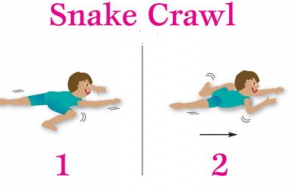
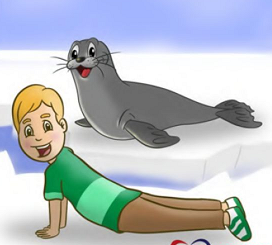
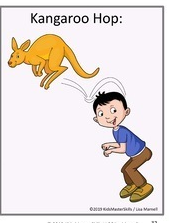
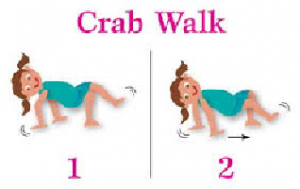
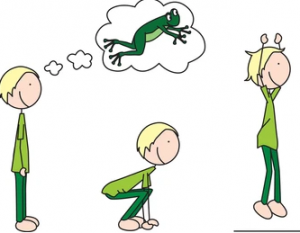
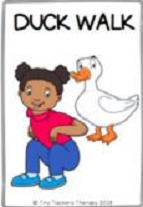
Leave a Comment
(2 Comments)
Will definitely try this at home
Hi, Thank you for your comment. I’m happy you found it useful.
Categories
Recent Posts